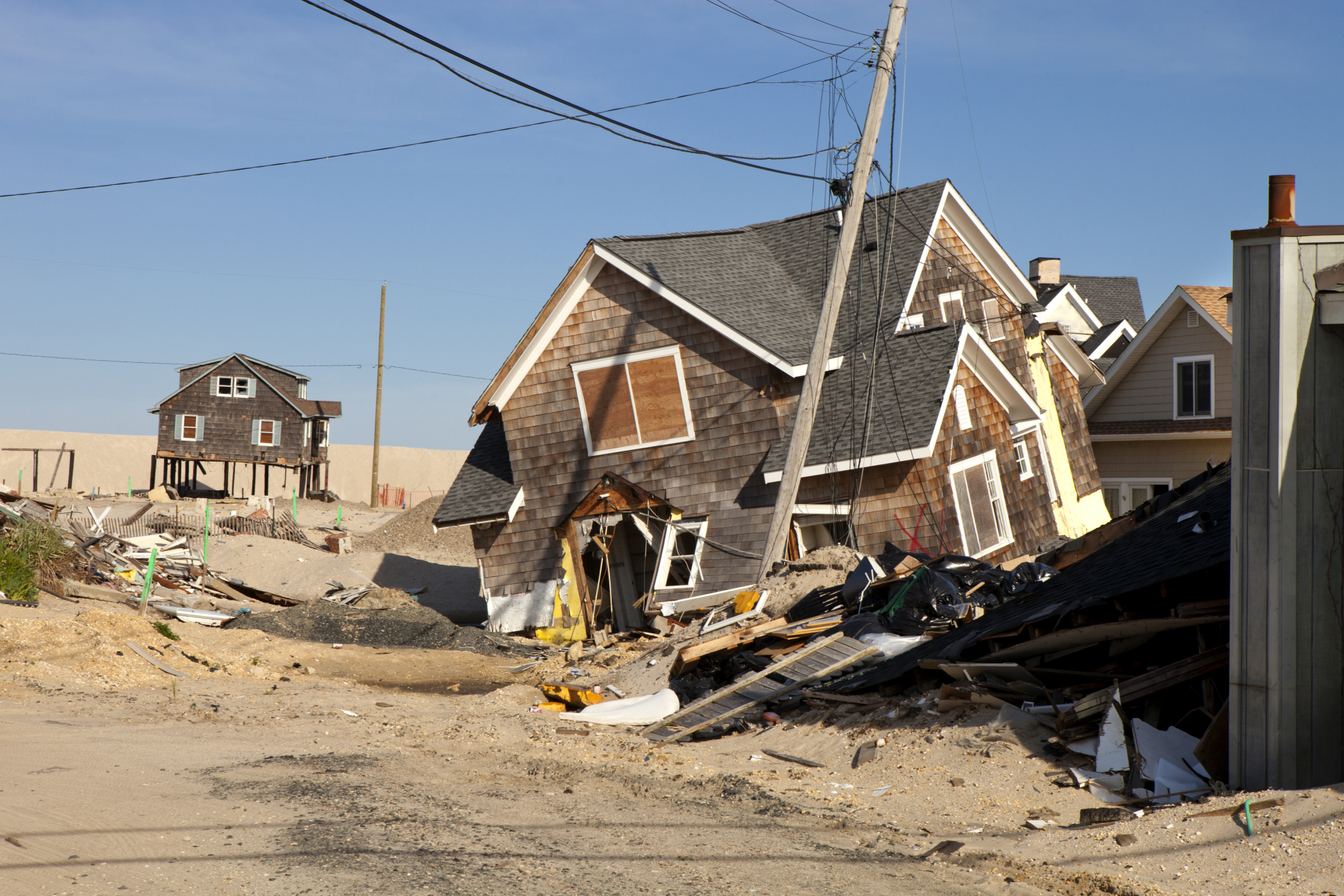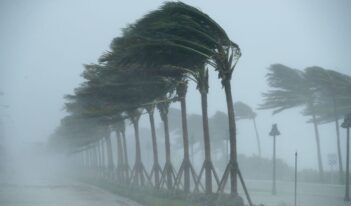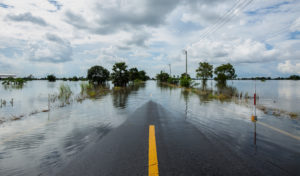
Disaster relief agency shows progress over past decade, but challenges remain.
Last year’s “500-year floods” in South Carolina devastated the region, killing at least seventeen people and damaging thousands of homes. With estimates from the record-breaking storm exceeding $1 billion of damage, many counties, businesses, and homeowners have turned to the Federal Emergency Management Agency (FEMA) for aid after President Obama declared the scene a federal disaster. More than 75,000 individuals and households have requested aid from FEMA, which has provided unemployment assistance and free legal aid in light of the disaster.
Yet FEMA faces many challenges in managing emergency services, according to recent congressional testimony by Chris Currie, the Government Accountability Office’s (GAO) Director of Homeland Security and Justice.
When disaster strikes, state and local emergency services are responsible for the initial response, according to Director Currie’s testimony. In a “catastrophic disaster,” governors may request a declaration by the President that a major disaster exists. Thereafter, states and local communities gain access to FEMA resources for rescue operations, basic human needs, and an array of federal programs to assist in recovery—the extent of which depends on the disaster.
Following FEMA’s response in 2005 to Hurricane Katrina, the “nation’s most destructive natural disaster in history,” Congress passed legislation known as the Post-Katrina Act. The law reportedly augmented FEMA’s role and responsibilities, and contains several hundred provisions aimed at facilitating disaster response and recovery operations. In 2012, Hurricane Sandy once again tested FEMA’s ability to respond to catastrophic disasters, this time under the purview of the new legislation.
Hurricanes Katrina and Sandy prompted the GAO to issue multiple reports reflecting on FEMA’s progress in implementing the post-Katrina Act and other aspects of emergency management.
Currie’s recent testimony highlights FEMA’s progress and remaining challenges, focusing on national preparedness, disaster response and recovery, and FEMA’s management efforts.
Concerning preparedness, Currie commended interagency efforts to identify and address capability gaps—that is, various inabilities to provide particular services in a disaster—where there was once a lack of comprehensive data collection and reporting to FEMA. In the past, FEMA’s ability to assess overall preparedness was reportedly “hampered” by these reporting shortcomings. But the agency responded by developing a detailed plan and quantitative analysis of current capability gaps, fully meeting the GAO’s original recommendations.
Currie explained that the recovery phase most significantly strains local governments, particularly because of damage to infrastructure and public facilities, which are often uninsured. Therefore, the GAO perceives the increasing number and severity of disasters “as a key source of federal fiscal exposure.”
Hurricanes Katrina and Rita exposed FEMA’s inability to detect improper and potentially fraudulent payments. But new verification controls FEMA implemented since then have improved its ability to prevent improper payments. Although 10–22% of Katrina assistance was at risk of being improper or fraudulent, only about 3% of financial awards for Hurricane Sandy victims presented that risk.
Yet challenges persisted in FEMA’s response to Hurricane Sandy, particularly in its failure to validate Social Security numbers, Currie reported. The agency failed to use the “most-complete death records” and struggled to obtain key records to prevent duplicative payments. Further, it relied on “unreliable” self-reported data about private home insurance, notable because federal law prohibits FEMA assistance for damage covered by private insurance. FEMA has begun assessing the feasibility of using updated verification tools and has plans to improve data management, but the agency has yet to implement these steps.
FEMA has the responsibility to prevent excess loss from fraudulent claimants. However, the lengthy and difficult process of obtaining funds frustrates many would-be beneficiaries and sometimes discourages them from seeking relief.
For instance, many legitimate Sandy victims have just received full compensation within the past month, three years after the devastating storm. A FEMA review reportedly found that roughly 60% of policyholders were eligible for more money to fix their homes. In fact, the agency withstood over 2,000 lawsuits on behalf of Sandy victims challenging their payouts, resulting in over $72 million to resolve those cases.
One victim whose cottage was “gutted” by Hurricane Sandy reportedly called the process “the most painful thing I’ve ever done in my life.” The man, a veteran, apparently said he would “rather go back to Falluja” than reopen his claim.
Lastly, Currie discussed FEMA’s management efforts, most notably its effort to curb rising administrative costs for disaster assistance. FEMA has reportedly struggled to track and reduce its expenditures, which have doubled on average in the last two decades. Although the agency previously set cost reduction targets, Currie suggested that FEMA’s costs could be reduced hundreds of millions of dollars beneath those targets. As a result, FEMA is developing a plan to reduce administrative costs, analyzing the costs and benefits of tracking them, and plans to issue clarifying guidance in January 2016.



